Herbal Smoking Blend
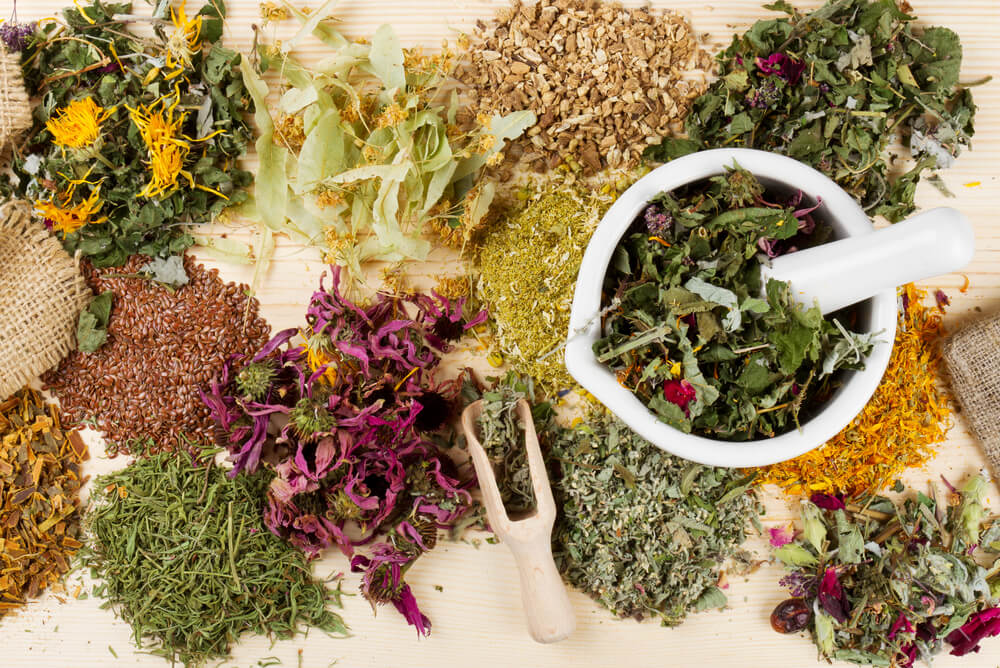
Herbal Smoking Blends are a mixture of various herbs, flowers, and botanicals that are combined to create a smokeable product as an alternative to traditional tobacco. These blends are often used for relaxation, spiritual practices, or to help individuals quit smoking tobacco. Unlike tobacco, Herbal Smoking Blends are typically free of nicotine, and each blend can be customized for different effects, such as calming, energizing, or balancing.
1. Size:
- The individual components of Herbal Smoking Blends vary in size, depending on the herbs and flowers used. The mix usually includes finely chopped leaves, petals, and sometimes small twigs, resulting in a texture that is easy to roll or use in a pipe.
2. Color:
- Herbal Smoking Blends feature a diverse range of colors, including green from the herbs, yellow and orange from flowers, and brown or beige from certain botanicals. The overall color can vary depending on the specific ingredients in the blend.
3. Texture:
- The texture of an Herbal Smoking Blend is generally soft and slightly crumbly, making it easy to handle and roll into cigarettes or use in other smoking devices. The inclusion of different plant materials gives the blend a varied texture, with some parts being more fibrous and others more powdery.
4. Fragrance:
- The fragrance of Herbal Smoking Blends is typically earthy, herbal, and sometimes floral, depending on the ingredients. Common aromatic components might include lavender, chamomile, or mint, each contributing to the overall scent of the blend. When burned, these blends produce a pleasant, soothing aroma.
5. Uses:
- Herbal Smoking Blends are often used for relaxation and stress relief. Herbs like chamomile, lavender, and skullcap are commonly included for their calming effects.
- These blends can be used in spiritual or ritualistic practices as a means of connecting with nature or achieving a meditative state. Sage, mugwort, and other spiritually significant herbs are often included for this purpose.
- Many people use Herbal Smoking Blends as a way to quit smoking tobacco. The blends provide a smokeable alternative without the addictive properties of nicotine, making them a useful tool in the transition away from tobacco.
6. Habitat:
- The herbs used in Herbal Smoking Blends are sourced from various environments around the world. Common herbs like mullein and mint are widely cultivated, while others may be wild-harvested. The specific habitat depends on the plant species used in the blend.
7. Cultural and Spiritual Significance:
- Herbal Smoking Blends have been used in various cultures for centuries. Indigenous peoples often used specific herbs in ceremonial smoking practices, such as the use of tobacco alternatives in peace pipes.
- In many spiritual traditions, smoking herbs is a way to connect with the divine or the spiritual world. The act of smoking is seen as a way to carry prayers and intentions upward, similar to the use of incense.
Spiritual Properties
- Purification: Certain herbs in smoking blends, like sage and cedar, are believed to have purifying properties, cleansing the body and spirit of negative energies.
- Protection: Some blends include herbs known for their protective qualities, such as mugwort or rosemary, which are thought to ward off evil spirits or harmful influences.
Medicinal Properties
- Respiratory Support: Herbs like mullein are often included in smoking blends for their traditional use in supporting respiratory health. Mullein, in particular, is known for its soothing effects on the lungs and throat.
- Calming Effects: Herbs such as lavender and chamomile are chosen for their relaxing and calming effects, which can help reduce anxiety and stress when smoked.
- Digestive Aid: Some blends include herbs like peppermint or fennel, which are known to aid in digestion. These herbs can have a soothing effect on the digestive system when inhaled.
Allergic Reactions
Herbal Smoking Blends are generally considered safe for most people when used in moderation, but some individuals may experience allergic reactions.
- Respiratory Irritation: Smoking any plant material can cause respiratory irritation, especially for individuals with asthma or other lung conditions. It’s important to be cautious and monitor any adverse reactions when using a new blend.
- Skin Sensitivity: Handling certain herbs in the blend may cause skin irritation or an allergic reaction in some individuals, particularly those with sensitive skin. It is advisable to wash hands after handling the blend to avoid any potential irritation.
- Dizziness or Lightheadedness: Inhaling smoke, even from herbal blends, can cause dizziness or lightheadedness, especially for those unaccustomed to smoking. It is recommended to use the blends in a well-ventilated area and to start with small amounts.
- Interactions with Medications: Some herbs in smoking blends may interact with medications or medical conditions. It’s important to consult with a healthcare provider before using these blends, particularly if you are taking medication or have a chronic health condition.
- Dry Mouth: Smoking herbs can cause dry mouth, a common side effect of inhaling smoke. Drinking water or herbal tea can help alleviate this discomfort.
- Coughing: Inhaling any type of smoke can cause coughing, especially if the herbs are harsh or if the user is not used to smoking. It’s important to listen to your body and stop use if coughing persists.
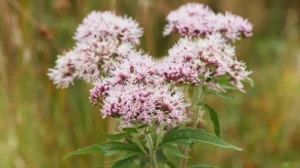
Valerian Root
Valerian Root Valerian Root, derived from the Valeriana officinalis plant, is a well-known herb used for its calming and sedative properties. It is commonly utilized
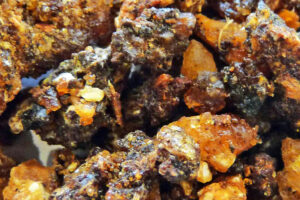
Opopanax Resin (Sweet Myrrh)
Opopanax Resin (Sweet Myrrh) Opopanax Resin (Sweet Myrrh) is an aromatic resin with a sweet, balsamic fragrance. It is derived from the Commiphora species, primarily
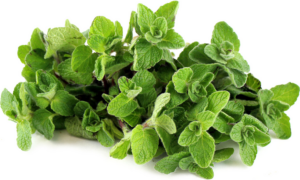
Za’atar
za'atar Za'atar is both the name of a Middle Eastern herb and a spice blend made from that herb, mixed with other ingredients like sumac,
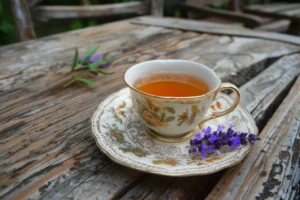
Chamomile & Lavender Calming Tea
Chamomile & Lavender Calming Tea A soothing blend designed to promote deep relaxation and emotional healing, making it an ideal remedy to unwind after a

Chickweed
Chickweed Chickweed is a small, delicate annual herb that thrives in cool, moist environments. It is commonly found in gardens, lawns, and meadows, often considered
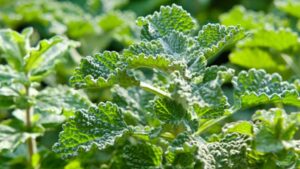
Horehound
Horehound The overall appearance of horehound is distinctive and somewhat rugged, making it a notable herb in both culinary and medicinal applications. With its square